Three Common Financial Forecasting Mistakes to Avoid
Three Common Financial Forecasting Mistakes to Avoid
Considering that many firms follow less than efficient approaches to budgeting because of factors such as information overload, tedious processes for collecting appropriate data, and the resultant time lapse between data collection and application, it is not surprising that many companies struggle to match their forecasting and budgeting with reality.
However, with the right financial forecasting software, it is possible to reduce the data load considerably, and ensure higher levels of accuracy in forecasting, while also avoiding costly mistakes. Poor budgeting and forecasting practices lead to costly mistakes. Because of inaccuracies in the forecasting processes, it is possible to completely miss company objectives, run into cash flow problems, and lose the competitive edge in the highly volatile markets of today.
The first step should thus be to invest in appropriate financial forecasting software to reduce the time it takes to forecast and budget. But, let’s take a look at some of the most common financial forecasting and budgeting mistakes that are made, and how the use of our financial forecasting software can help to mitigate the pitfalls.
Relying Heavily on Historical Data
No doubt, historical data is useful for decision-making, forecasting, and budgeting, but heavy reliance on such, without consideration for the current situation or data, is a mistake. Just because something worked like a charm in the past, it doesn’t mean that it will still be a winner today or in the future. Markets change. New technological advances can lead to a company’s product becoming a dinosaur overnight, and thus a severe drop in sales.
Adaptability is essential for survival in the modern business environment, and that’s why it is important to work with real-time data that’s relevant to the minute. Even data that is two months old can already be irrelevant. This is why the use of of financial forecasting software that uses real-time data across all departments of the company is important.
With financial forecasting software, data that is relevant is used – reducing the risk of inaccuracies considerably. The software makes it possible to compare real-time data with budgets and forecasts. This can be done regularly, and therefore ensure accuracy in the budget. In addition, the comparison makes it possible to identify risks and opportunities.
4. Not Aligning the Budget with the Company’s Strategy
Only using financial indicators for the budgeting and forecasting processes is risky. The relevant non-financial KPIs across the entire company should be used to ensure alignment of the budgeting and forecasting processes with the company’s strategy. This is possible with the right financial forecasting software, because relevant KPIs are set and can be used, since data from all the departments can form the basis for decision-making.
3. Using Manual Data Entry Processes
Manual data entry leaves room for mistakes. In addition, it is time consuming and with such, data added is already historical instead of current. The manual data entry process adds more pressure on overloaded financial departments. The focus is on data entry, instead of analysis of the data. Since far too much time goes into data entry, very little time is left for actual analysing, reporting, and forecasting. Instead, the company should create and consistently improve on its data management strategy. A very good first step is to invest in the right financial forecasting software. With data input automated, there is more time for actual analysis, and thus improved budgeting and forecasting. The data is collected effectively, minimising the risk of inaccuracies whilst reducing the time spent on data entry. This also means reduced pressure on the financial department, more time for analysis, and the opportunity to report on the findings.
What to Do?
Start with the development of a budgeting and forecasting approach that is relevant for the highly competitive business environment of today. Get rid of the bottlenecks in the process. Take a step back and determine how your company can optimise the forecasting process. Identify the redundant methods and time-consuming activities. Assess which ones can be automated and how you can increase collaboration on the budget across the various departments.
Next, invest in scalable and relevant financial forecasting software, as available from us, to help avoid the costly mistakes discussed.


